MARKET OVERVIEW
The Global Anchor Bolt market represents a significant segment within the construction industry, catering to the fundamental need for structural stability and safety across diverse projects worldwide. This industry revolves around the production, distribution, and utilization of anchor bolts, which serve as critical components in securing structures to concrete foundations or other substrates. Anchor bolts, varying in size, design, and material composition, play an indispensable role in ensuring the integrity and durability of structures ranging from residential buildings to industrial facilities.
The Global Anchor Bolt market lies a complex network of manufacturers, suppliers, distributors, and end-users, each contributing to the intricate web of supply and demand. Manufacturers, equipped with advanced technologies and expertise, engage in the production of anchor bolts tailored to meet stringent industry standards and specific project requirements. These bolts may be fabricated from various materials such as steel, stainless steel, and alloy, each offering distinct advantages in terms of strength, corrosion resistance, and environmental durability.
The distribution channels within the Global Anchor Bolt market encompass a diverse array of intermediaries, including wholesalers, retailers, and online platforms, facilitating the seamless flow of products from manufacturers to end-users. Wholesalers play a pivotal role in bulk distribution to retailers and construction companies, while retailers cater to individual consumers and smaller-scale projects. Additionally, the emergence of e-commerce platforms has revolutionized the distribution landscape, offering convenience and accessibility to a broader customer base.
End-users of anchor bolts span across multiple sectors, including construction, infrastructure development, oil and gas, renewable energy, and maritime industries. Within the construction sector, anchor bolts find extensive applications in the erection of buildings, bridges, tunnels, and other civil engineering structures, anchoring them securely to concrete foundations or structural elements. In the oil and gas industry, anchor bolts are crucial for securing equipment, pipelines, and offshore platforms in challenging environments characterized by extreme temperatures and corrosive conditions.
The Global Anchor Bolt market operates within a dynamic environment shaped by various factors, including technological advancements, regulatory standards, economic fluctuations, and industry trends. Technological innovations drive the development of next-generation anchor bolts with enhanced performance characteristics, such as increased load-bearing capacity, improved corrosion resistance, and ease of installation. Regulatory frameworks governing construction practices and building codes influence the adoption of standardized anchor bolt specifications to ensure structural integrity and compliance with safety regulations.
Economic factors, including fluctuations in raw material prices, labor costs, and construction activity, exert a significant impact on the Global Anchor Bolt market's dynamics. Market trends such as sustainability, energy efficiency, and modular construction drive demand for innovative anchor bolt solutions that align with emerging industry requirements and environmental considerations. As the construction industry continues to evolve and adapt to evolving challenges and opportunities, the Global Anchor Bolt market remains poised for sustained growth and innovation, propelled by the enduring need for reliable and robust structural anchoring solutions.
Global Anchor Bolt market is estimated to reach $34,274.2 Million by 2031; growing at a CAGR of 5.5% from 2024 to 2031.
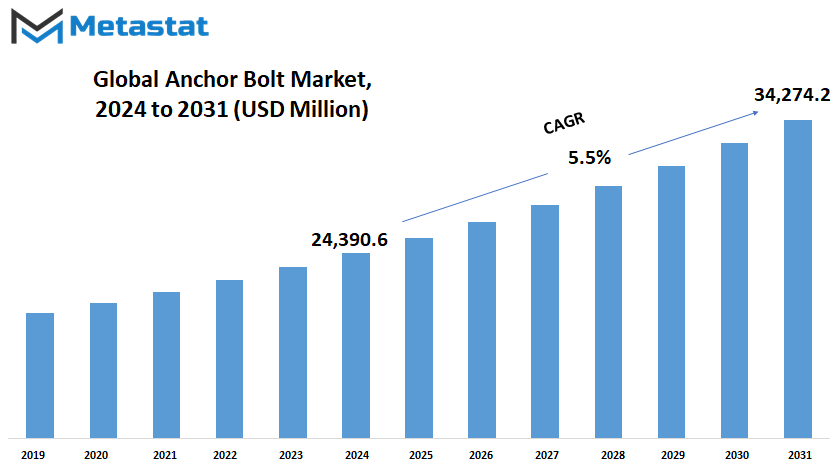
GROWTH FACTORS
The global Anchor Bolt market is set to witness significant growth in the coming years due to various factors influencing its trajectory. One of the key drivers propelling this growth is the increasing number of infrastructure development projects being undertaken across the globe. As countries continue to invest in building roads, bridges, buildings, and other structures, the demand for anchor bolts, which are crucial for providing stability and support, will continue to rise.
Moreover, the growing awareness of the need for robust anchoring solutions in seismic-prone regions is also contributing to the expansion of the market. With the rise in natural disasters such as earthquakes, there is a pressing need for anchoring systems that can withstand such extreme conditions and ensure the safety of structures and occupants. This heightened demand for earthquake-resistant anchor bolts will fuel market growth in the foreseeable future.
However, despite the promising outlook, there are certain restraints that could potentially hinder the growth of the Anchor Bolt market. One such factor is the fluctuating prices of raw materials used in manufacturing anchor bolts. Fluctuations in the prices of metals such as steel can significantly impact production costs, thereby affecting the profitability of anchor bolt manufacturers.
Additionally, the presence of stringent regulatory standards governing construction materials poses a challenge for market players. Compliance with these standards requires manufacturers to invest in research and development to ensure that their products meet the required specifications, which can increase production costs and impact profit margins.
Nevertheless, amidst these challenges lie opportunities for market players to innovate and thrive. One such opportunity is the adoption of advanced materials and technologies for the development of enhanced anchoring solutions. By leveraging materials with superior strength and durability, as well as innovative technologies such as 3D printing and computer-aided design, manufacturers can create anchor bolts that offer improved performance and reliability.
The global Anchor Bolt market is poised for growth in the coming years, driven by factors such as increasing infrastructure development projects and the demand for seismic-resistant anchoring solutions. While challenges such as fluctuating raw material prices and regulatory standards may pose obstacles, the adoption of advanced materials and technologies presents opportunities for market players to differentiate themselves and succeed in this competitive landscape.
MARKET SEGMENTATION
By Type
The global Anchor Bolt market is set to witness significant growth in the coming years, driven by various factors influencing its trajectory. One of the key determinants shaping the market's future is the categorization based on different types of Anchor Bolts, namely Fixed Anchor Bolts and Movable Anchor Bolts.
Fixed Anchor Bolts, as the name suggests, are designed to remain stationary once installed. They provide robust support and stability to structures, ensuring they withstand external forces and maintain their integrity over time. These bolts are commonly used in construction projects where structural reinforcement is essential for safety and longevity.
On the other hand, Movable Anchor Bolts offer flexibility and adaptability, allowing for adjustments or repositioning as needed. This type of bolt is preferred in applications where dynamic conditions are expected, such as seismic zones or environments with shifting ground. Movable Anchor Bolts provide a level of versatility that is invaluable in scenarios where stability requirements may change over time.
The differentiation between Fixed and Movable Anchor Bolts is crucial as it directly influences the selection process for various construction projects. Factors such as project specifications, environmental considerations, and long-term maintenance requirements will dictate the choice between the two types of bolts.
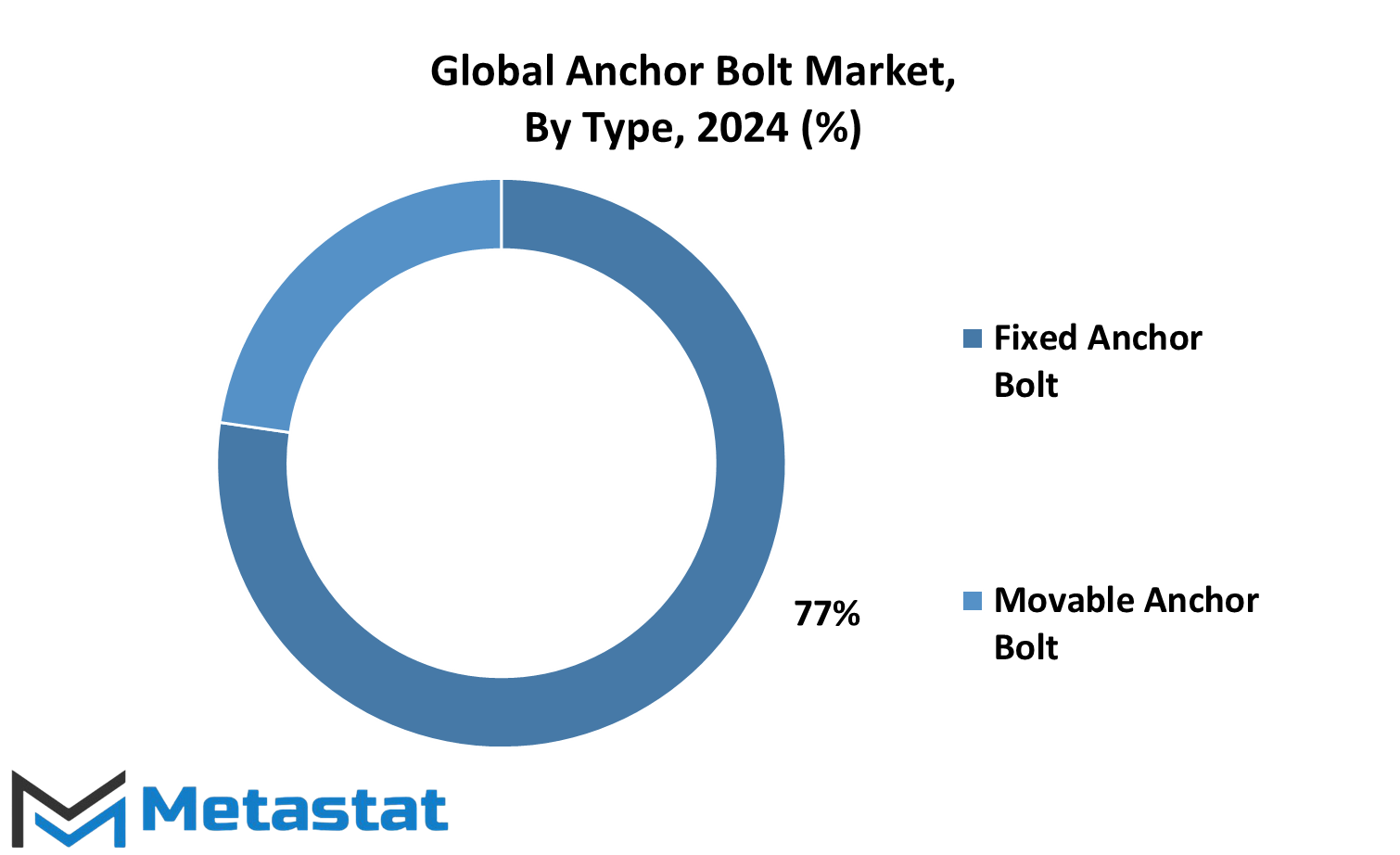
By Application
In today's dynamic world, the Global Anchor Bolt market is experiencing notable growth, driven by various applications in both civil and commercial buildings. The demand for anchor bolts, crucial components in construction, is set to soar as urbanization and infrastructure development continue to expand globally.
One significant factor propelling this growth is the increasing investment in construction projects. Governments and private sectors alike are pouring resources into infrastructure development to meet the demands of growing populations and urbanization. As a result, the need for anchor bolts in civil building applications, such as bridges, dams, and roads, will see a substantial uptick.
Moreover, the rising focus on safety standards and regulations will further bolster the demand for anchor bolts. These fasteners play a vital role in ensuring the structural integrity and stability of buildings, thereby becoming indispensable in the construction industry. With stringent building codes and regulations in place, the market for anchor bolts will witness sustained growth as adherence to safety norms becomes paramount.
In addition to civil building applications, anchor bolts find extensive usage in commercial building projects. The construction of high-rise buildings, malls, office complexes, and other commercial structures requires robust anchoring solutions to withstand various environmental forces. As urbanization continues to drive the need for modern and functional commercial spaces, the demand for anchor bolts in this segment will see a significant surge.
Furthermore, technological advancements in anchor bolt design and manufacturing processes will play a pivotal role in shaping the market landscape. Innovations aimed at enhancing the strength, durability, and installation efficiency of anchor bolts will drive their adoption across diverse applications. Manufacturers are investing heavily in research and development to introduce cutting-edge anchor bolt solutions that meet the evolving needs of the construction industry.
REGIONAL ANALYSIS
The global Anchor Bolt market is segmented based on geography into four main regions: North America, Europe, Asia-Pacific, and South America. This division allows for a more focused analysis of market trends and dynamics within specific geographical areas.
North America stands as one of the prominent regions in the Anchor Bolt market. The region boasts a robust industrial infrastructure and a high demand for construction activities, which significantly contributes to the growth of the Anchor Bolt market. Moreover, stringent regulations pertaining to construction safety and building codes further drive the demand for high-quality Anchor Bolts in this region.
Europe, another key player in the Anchor Bolt market, exhibits steady growth due to the presence of well-established construction industries and infrastructural developments. The region's emphasis on sustainable construction practices also fuels the demand for Anchor Bolts designed to withstand environmental factors and ensure long-term structural integrity.
Asia-Pacific emerges as a rapidly growing market for Anchor Bolts, fueled by burgeoning construction activities, urbanization, and infrastructural development projects across countries like China, India, and Southeast Asian nations. The region's burgeoning population and increasing investments in residential, commercial, and industrial construction sectors drive the demand for Anchor Bolts, making it a lucrative market for manufacturers and suppliers.
South America, although comparatively smaller in market share, presents significant growth opportunities for the Anchor Bolt market. The region's expanding construction sector, coupled with infrastructure development initiatives, boosts the demand for Anchor Bolts across various applications. Moreover, government investments in infrastructure projects and the growing focus on earthquake-resistant building structures further propel the demand for high-quality Anchor Bolts in the region.
Overall, the regional analysis of the global Anchor Bolt market highlights diverse market dynamics influenced by factors such as industrialization, urbanization, regulatory frameworks, and infrastructural developments. Each region presents unique opportunities and challenges for market players, necessitating tailored strategies to capitalize on growth prospects effectively.
Understanding the regional nuances and market dynamics is crucial for stakeholders in the Anchor Bolt industry to devise informed business strategies, expand their market presence, and sustain competitive advantage in an increasingly globalized market landscape. By leveraging market insights specific to each region, companies can effectively navigate challenges and capitalize on emerging opportunities, driving growth and profitability in the global Anchor Bolt market.
COMPETITIVE PLAYERS
In the vast arena of the Anchor Bolt market, various companies vie for prominence and market share. These companies, also known as key players, are instrumental in shaping the competitive
landscape of the industry. Among them, notable names include Fastenal, HALFEN, Hilti USA, Peikko, Ritchie Industries, Structural Bolt and Manufacturing, Powers Fasteners, Pacific Bolt Manufacturing Ltd., Classic Metallic Sheets Factory LLC., BTM Manufacturing, and EDSCO Fasteners.
Fastenal, a renowned entity in the industry, stands as a significant player, leveraging its expertise and robust market presence to offer a wide range of anchor bolt solutions. HALFEN, another prominent name, brings its own set of strengths to the table, contributing to the competitive dynamics through its innovative products and services. Hilti USA, with its focus on quality and reliability, competes vigorously in the market, catering to diverse customer needs.
Peikko, Ritchie Industries, Structural Bolt and Manufacturing, Powers Fasteners, Pacific Bolt Manufacturing Ltd., Classic Metallic Sheets Factory LLC., BTM Manufacturing, and EDSCO Fasteners also play pivotal roles in the competitive landscape. Each of these companies brings its unique strengths and capabilities, contributing to the vibrancy and dynamism of the Anchor Bolt market.
These key players engage in various strategies to gain an edge over their competitors. From product innovation and technological advancements to strategic partnerships and market expansion initiatives, they employ a range of tactics to stay ahead in the game. Fastenal, for instance, emphasizes its extensive product portfolio and distribution network to maintain its competitive position. Similarly, HALFEN focuses on enhancing its product quality and customer service to differentiate itself in the market.
Moreover, these companies continuously monitor market trends and consumer preferences to adapt their strategies accordingly. With a keen eye on changing market dynamics, they remain agile and responsive, ensuring their relevance and competitiveness in the ever-evolving Anchor Bolt market.
The Anchor Bolt market boasts a diverse array of competitive players, each contributing to the industry's growth and development in its own unique way. From established giants like Fastenal and Hilti USA to emerging players like Peikko and Ritchie Industries, the market is characterized by intense competition and innovation. As these companies continue to push boundaries and explore new opportunities, the Anchor Bolt market is poised for further expansion and evolution in the years to come.
Anchor Bolt Market Key Segments:
By Type
- Fixed Anchor Bolt
- Movable Anchor Bolt
By Application
- Civil Building
- Commercial Building
Key Global Anchor Bolt Industry Players
- Fastenal
- HALFEN
- Hilti USA
- Peikko
- Ritchie Industries
- Structural Bolt and Manufacturing
- Powers Fasteners
- Pacific Bolt Manufacturing Ltd.
- Classic Metallic Sheets Factory LLC.
- BTM Manufacturing
- EDSCO Fasteners
WHAT REPORT PROVIDES
- Full in-depth analysis of the parent Industry
- Important changes in market and its dynamics
- Segmentation details of the market
- Former, on-going, and projected market analysis in terms of volume and value
- Assessment of niche industry developments
- Market share analysis
- Key strategies of major players
- Emerging segments and regional growth potential




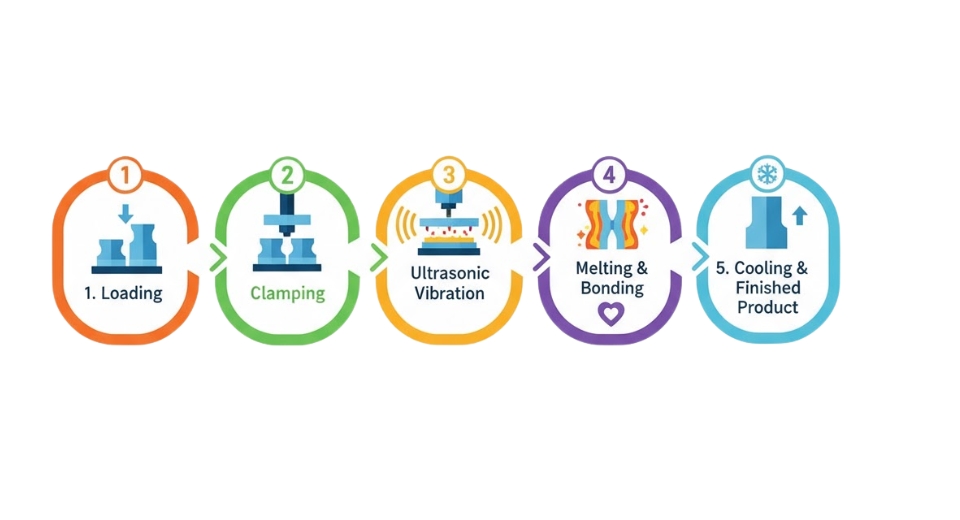
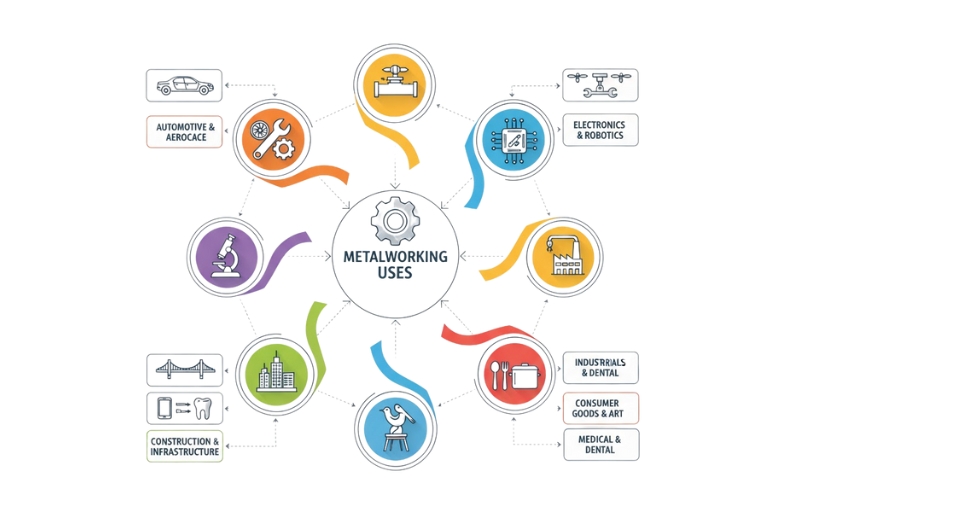
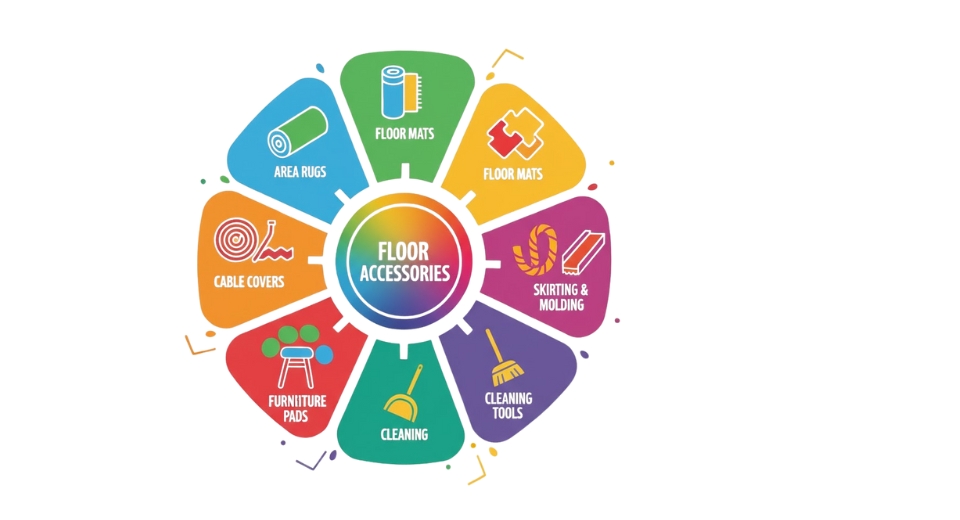

 US: +1 3023308252
US: +1 3023308252






